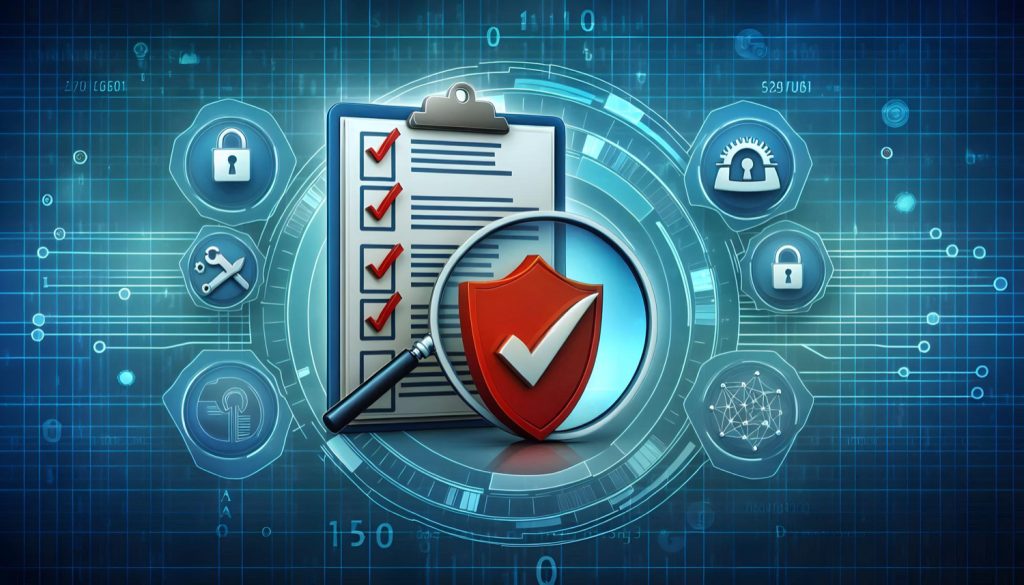In today’s rapidly evolving cyber landscape, conducting effective risk assessments is vital for any organization’s information security program. Risk assessment essentials help identify potential threats, vulnerabilities, and the impact they may have on sensitive data and business operations. This article provides a step-by-step guide to conducting effective risk assessments, ensuring your organization is well-prepared to mitigate risks and enhance its security posture.
Step 1: Define the Scope of the Risk Assessment
Before starting a risk assessment, it’s essential to define its scope. This includes identifying the assets that need protection, such as:
- Data: Personal data, financial information, intellectual property, etc.
- Systems: Software applications, databases, and hardware.
- Processes: Business operations that rely on the identified assets.
Clearly defining the scope will help you focus your assessment on the most critical areas.
Step 2: Identify Potential Threats and Vulnerabilities
Once you have defined the scope, the next step is to identify potential threats and vulnerabilities that could impact your assets. Consider various sources of threats, such as:
- Internal Threats: Insider threats, human error, and system failures.
- External Threats: Cyberattacks, natural disasters, and third-party risks.
Utilize threat intelligence sources, historical data, and industry best practices to create a comprehensive list of potential threats.
Step 3: Analyze Risks
After identifying threats and vulnerabilities, analyze the risks associated with them. This involves evaluating the likelihood of each threat occurring and the potential impact on your organization. You can use qualitative or quantitative methods for this analysis:
- Qualitative Analysis: Categorize risks as low, medium, or high based on judgment and experience.
- Quantitative Analysis: Assign numerical values to risks based on probability and impact, often using formulas to calculate risk levels.
Step 4: Prioritize Risks
Not all risks carry the same weight; therefore, prioritizing them is crucial. Use a risk matrix to categorize risks based on their likelihood and impact. Focus on high-priority risks that require immediate attention and mitigation efforts.
Step 5: Develop and Implement Mitigation Strategies
For each prioritized risk, develop effective mitigation strategies. These strategies can include:
- Risk Avoidance: Modifying processes or practices to eliminate the risk.
- Risk Reduction: Implementing controls to minimize the impact or likelihood of the risk.
- Risk Acceptance: Acknowledging the risk and deciding to accept it without action, typically for low-priority risks.
- Risk Transfer: Shifting the risk to a third party, such as through insurance or outsourcing.
Once strategies are developed, implement them and assign responsibilities to ensure accountability.
Step 6: Monitor and Review
Risk assessments are not one-time activities; they require continuous monitoring and review. Regularly assess your information security program and update your risk assessment based on new threats, changes in technology, or alterations in business operations. Conduct periodic reviews and audits to ensure the effectiveness of your mitigation strategies.
Conclusion
Conducting effective risk assessments is a critical component of any robust information security program. By following these risk assessment essentials—defining the scope, identifying threats and vulnerabilities, analyzing and prioritizing risks, developing mitigation strategies, and monitoring your program—you can significantly enhance your organization’s resilience against cyber threats and protect your valuable assets.

